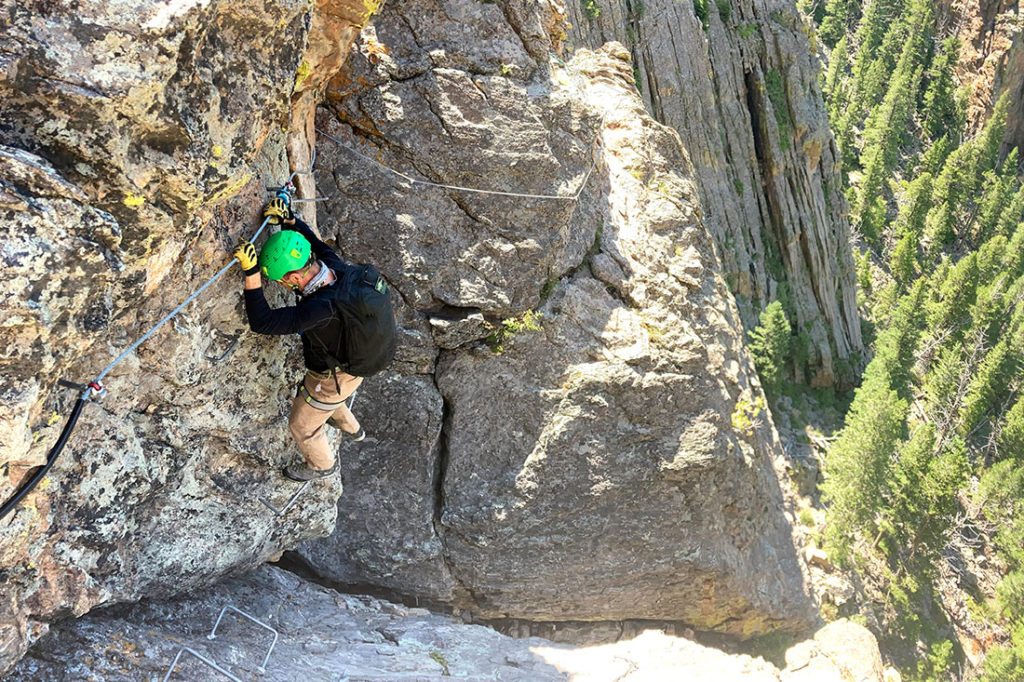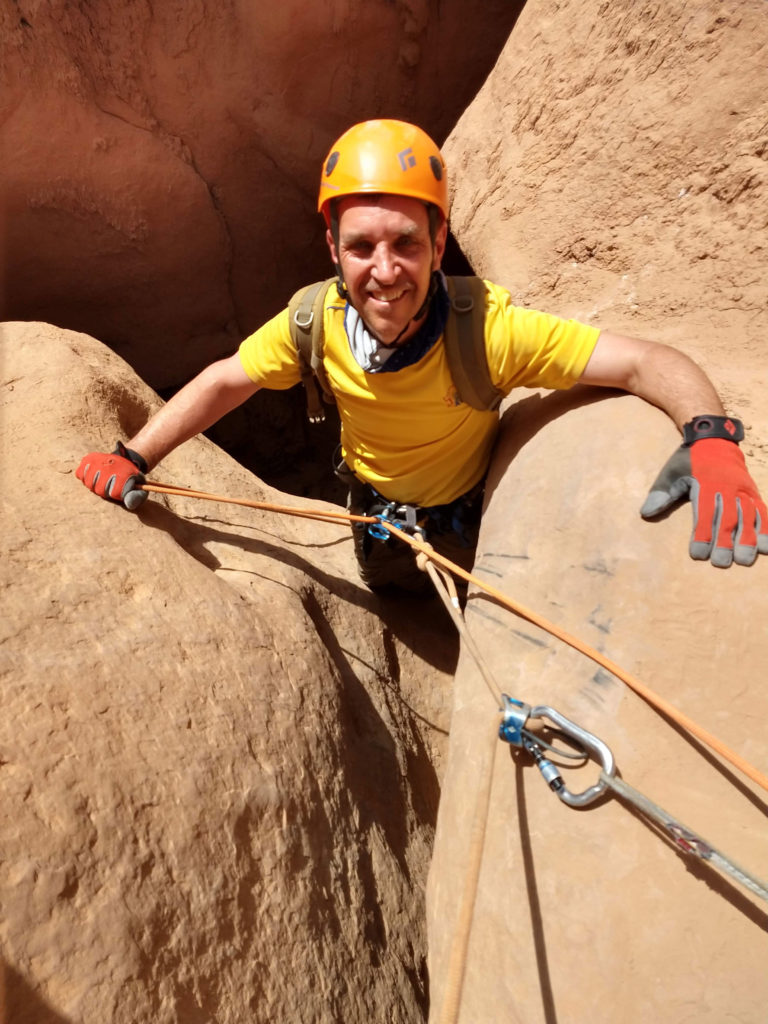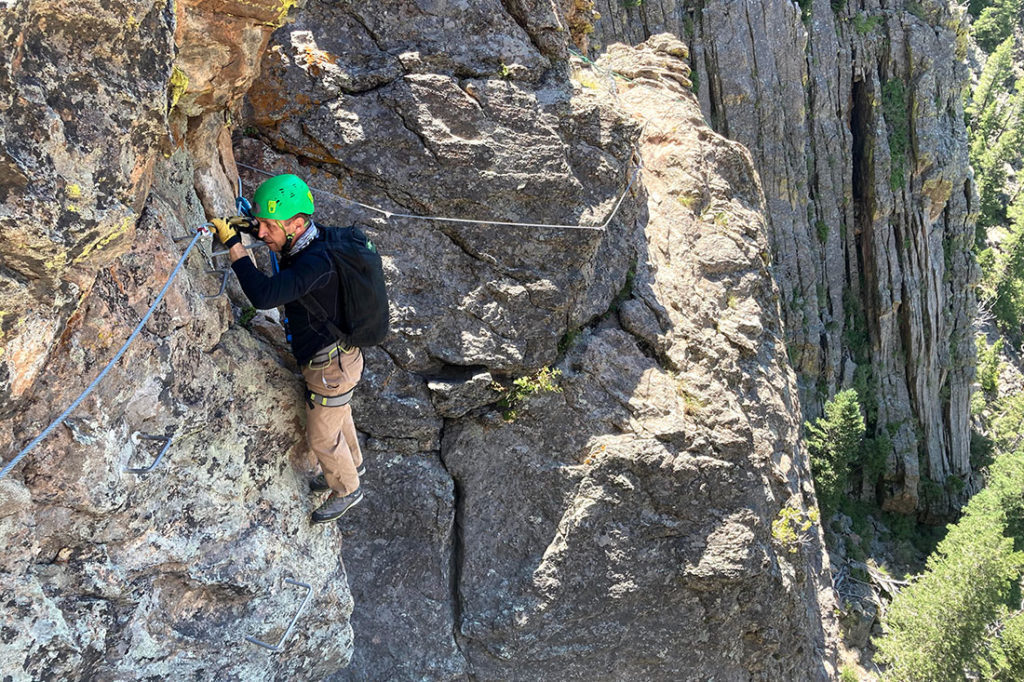Hey Matt,
Don’t freak out. This is from you! I’m your future self.
I’m writing to give you a pep talk. I don’t need to tell you about what. You know what—that thing you are thinking about launching. That thing you’ve thought about launching for several years. That thing for which you have long had passion but never had momentum or an audience or a raison d’être that you could articulate.

Now you’ve got all of them—or at least most of them—and a plan you believe in to capture what’s missing. That would be the audience, long the missing piece. Now, for the first time, you know, or think you know, that the audience is there, and you know, or think you know, how to gather it.
So what are you waiting for?
I know because I remember. You’re waiting because the difference between knowing and thinking you know feels enormous. And it might be. Sometimes the difference between knowing and thinking you know is the difference between lightning and a lightning bug, which I say here to point out that in the future you butcher quotes from Mark Twain.
But it’s not always like that. Sometimes there is no difference between knowing and thinking you know. There’s only one way to find out which is true in this case, and that’s to try.
But you’re afraid. Of course you are! So what? Do it anyway. You’ve written enough about fear to know it mixes lies with the truth. Racecar drivers’ fear, that’s rational. Your daughters’ fear of bugs, that’s not rational. You have talked yourself into this being rational fear. I promise you; it is not.
You asked Tim Yen, author of Choose Better: The Optimal Decision-Making Framework, how to talk yourself into doing it.
“The most difficult step is making the first step,” he said. “Lower the risk in your mind by making a step that has little to no consequence but aids in providing greater clarity. Use that momentum and dedication to your vision and take another step.”

You like the sound of that. You like the idea that with low risk there is nothing to be afraid of, which is not the same thing as a promise this will work out well. “But… but… but I’m afraid of failing!” you say. Knock it off, I say.
Success is not a guarantee—in this or anything else. Do it anyway because trying is what makes life fun. If the only possible outcome was success, success would be meaningless. Failure is painful as it’s happening, but life would be boring without it. I’d go so far as to say failure is underrated.
Even if it fails, you should try because trying is an investment in me, which you learned from James Clear. Your trying (or not trying) will make me who I am. In the same way, you’re stronger because the Matt before you took risks. If you try now, that will make it much more likely I will try something when I’m afraid. If I try something I’m afraid of, the Matt of the future beyond me will try whatever scares him, too.
You’re worried the timing isn’t right. You’ve read that the way to know when to try something new is when you can no longer stand not to try. Until now, you dismissed that as hokum from motivational speakers who made up that answer because “I have no idea” sounds terrible on a TED Talk.
You interviewed Tony Robbins a few months ago. You asked about turning your back on the known for the unknown, which had been a major hurdle. You’re less worried about that now, in part because of Robbins’s answer. He suggested asking yourself a series of questions:
- If I was not attached to life this way, what could be possible?
- What could be a new life for me if I really wanted to go for it?
You’ve faced fear before. You spent years trying to overcome your fear of heights. You didn’t do it, at least not entirely, but you made progress. You climbed a giant red oak named Willa; you went rock climbing and ice climbing and rappelling into a canyon deep in a Utah desert. Each of those adventures made the next one possible.
The most important discovery you made in that effort to conquer your fear of heights was that heights was only a small part of the problem. The bigger problem was you didn’t trust (or understand) the equipment designed to keep you safe.
Starting with tree climbing, you began to understand how the ropes/carabiners/harness/etc. worked. The more times you were strapped into such equipment, the better you understood them, the more you trusted them, the more willing you were to take risks.
Granted, your heart rate still spiked as you reached the edge of the cliff. But at least you reached the edge of the cliff. And you never froze there. Don’t freeze now.
I remember well, as I’m sure you do, rappelling into Goblin’s Lair in Utah, a 90-foot deep canyon in Utah. After getting strapped in to the harness system, you looked over your shoulder into the canyon. The hole in the earth yawned behind you, black and (seemingly) bottomless. You turned to face forward and looked at the guide, a kind and steady soul named Chris Hagedorn, owner of Get in the Wild Adventures. He had tied you in a few minutes before, and now he was giving you just enough rope for you to dangle yourself into the depths of Goblin’s Lair.
As Yen suggested, you took one relatively consequence free step. Then another. You scooted back, back, and back some more. Each step made the next one possible. One more and you’d be over the edge, no longer standing on the ground but floating above it, kept aloft by the rope.
Would you take that step?
Should you take it?
Could you take it?
You took it.

The minutes you spent descending to the bottom of the canyon were among the most thrilling of your life. Mine, too. Thank you for that.
You are in an analogous situation now. You are strapped in. You understand the risk and the reward. You’re at the edge. Take that last step. You will be glad you did, and so will I.
Matt
Photos courtesy of Matt Crossman



